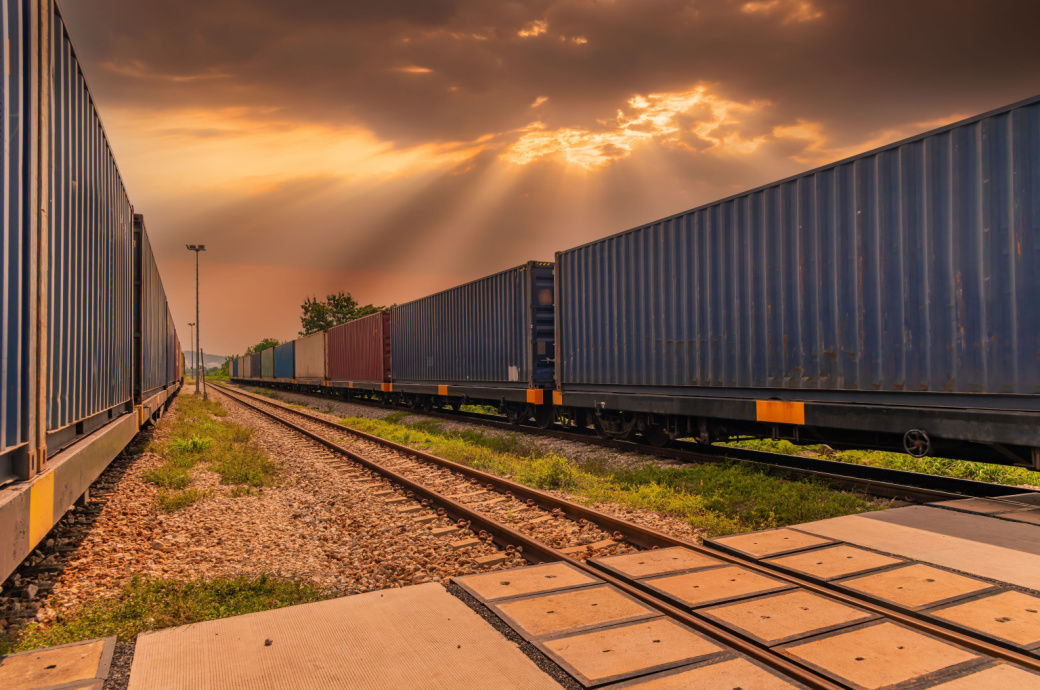
Retailers should work with the suppliers who manage and provide these flows, assess the cost and time-service-carbon impact of switching these movements from road to rail.
They should make this a point of emphasis in tendering and management processes as for many importers, rail inbound container movement is the default option, with only a lack of capacity limiting greater use, the report, titled ‘The Future of Net Zero Shipping and the Use of Rail’, suggested.
Where retailers have outbound e-com or other parcel traffic, the report recommended that they hold exploratory discussions to see if some of these volumes could use a service such as the Orion service.
These discussions should also cover conventional retail deliveries of roll cages and pallets, especially to stores or near to passenger stations. As this service is at an embryonic stage, so these discussions may only help reduce carbon in the medium-term, it said.
If any retailer is currently using rail freight services, then pressure should be placed on rail freight providers to use biofuels wherever possible and hybrid locomotives where full electric traction is not possible. This should link to working closely with them so that carbon reporting of actual (not planned) carbon emissions becomes part of their regular key performance indicator (KPI) reporting, it suggested.
The key areas where retailers can work together to strengthen rail’s ability to reduce climate impact are government decisions on HS2 freight capacity, lobbying government for high leverage, spot investments and influencing rail operators for shared high priority changes.
The report offers details on how retailers need to influence the government to raise network capacity, improve infrastructure and better balance passenger and freight traffic.
Fibre2Fashion News Desk (DS)